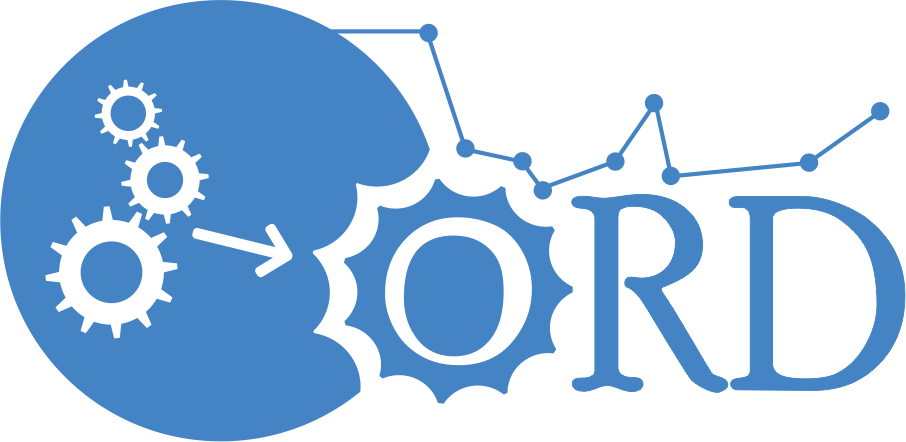Issue: 2020/Vol.30/No.2, Pages 39-57
GAME THEORETIC ANALYSIS OF IDEOLOGICALLY BIASED CLICKBAIT OR FAKE NEWS AND REAL NEWS
Cite as: K. Hausken. Game theoretic analysis of ideologically biased clickbait or fake news and real news. Operations Research and Decisions 2020: 30(2), 39-57. DOI 10.37190/ord200203
Abstract
A decision and game theoretic model is developed for how one and two news organisations strike balances between producing clickbait or fake news, and real news. Each news organisation seeks to attract gullible consumers who consume more clickbait or fake news than real news, and non-gullible consumers who conscientiously consume only real news. Increasing a news organisation budget results in obtaining both more clickbait or fake news, and more real news. More clickbait or fake news is produced if the news organisation’s unit cost of effort to produce real news, the production efficiency for clickbait or fake news, and the fraction of consumers consuming clickbait or fake news, increase. In contrast, less clickbait or fake news is produced if a news organisation’s unit cost of effort to produce clickbait or fake news, and the production efficiency for real news, increase, and the gullible consumers consume real news with a higher frequency. Lower unit effort costs and higher budget and production efficiencies cause higher utility for a news organisation and lower utility for the competing news organisation. Higher weight assigned to the contest over clickbait or fake news induces both news organisations to exert higher effort to produce clickbait or fake news. When the gullible consumers of a news organisation consume a relatively large amount of real news in comparison to the consumers of another news organisation, then the first news organisation exerts higher effort to produce real news and obtains higher utility than the other news organisation.
Keywords: strategy, decision, news, fake news, real news, ideology, company, consumers
Received: 7 August 2019 Accepted: 5 July 2020

